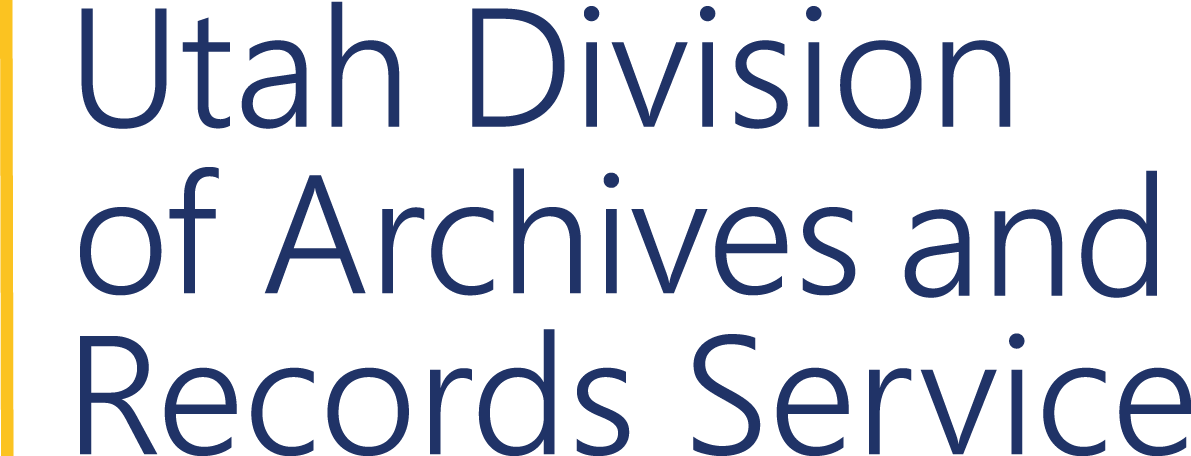Unknown Futures
Citation: Utah State Archives and Records Service, Office of the State Engineer, Colorado River project records, Series 13912, Box 7 Folder 54.
The future of the Colorado River, and its millions of users, is a hazy one. How reliable will the river’s flow remain, particularly in the face of changing environmental conditions and exploding population centers in the western United States? Water allocations from the Colorado River have been re-calibrated at points in the past, based on lower flows and the fact that the original numbers agreed to in the 1922 Colorado River Compact were based on unusually (and unsustainable) high years of river flow.
A similarly unknown future faces the major water storage projects along the river, including those that compose the Central Utah Project. Consider, for example, the unknown fate of the Hoover Dam, an aging structure holding back a dwindling water supply that is currently being drawn on by more people than at any other point in its history.
Major questions concerning the Colorado River, and its use, face each of the western states that rely heavily on its water. Will the answer be a doubling down on the types of costly reclamation efforts that were meant to help the arid southwest “bloom like a rose?” Or will the answers increasingly take the shape of users learning how to more efficiently utilize the regions most critical resource? Whatever way the future flows, it is clear that the Law of the River is still, very much, a work in progress.
Sources
Reisner, Marc. Cadillac Desert: The American West and Its Disappearing Water. New York: Penguin Books, 1993.
Worster, Donald. Rivers of Empire: Water, Aridity, and the Growth of the American West. New York: Oxford University Press, 1992. Return HomePage Last Updated September 12, 2022.
